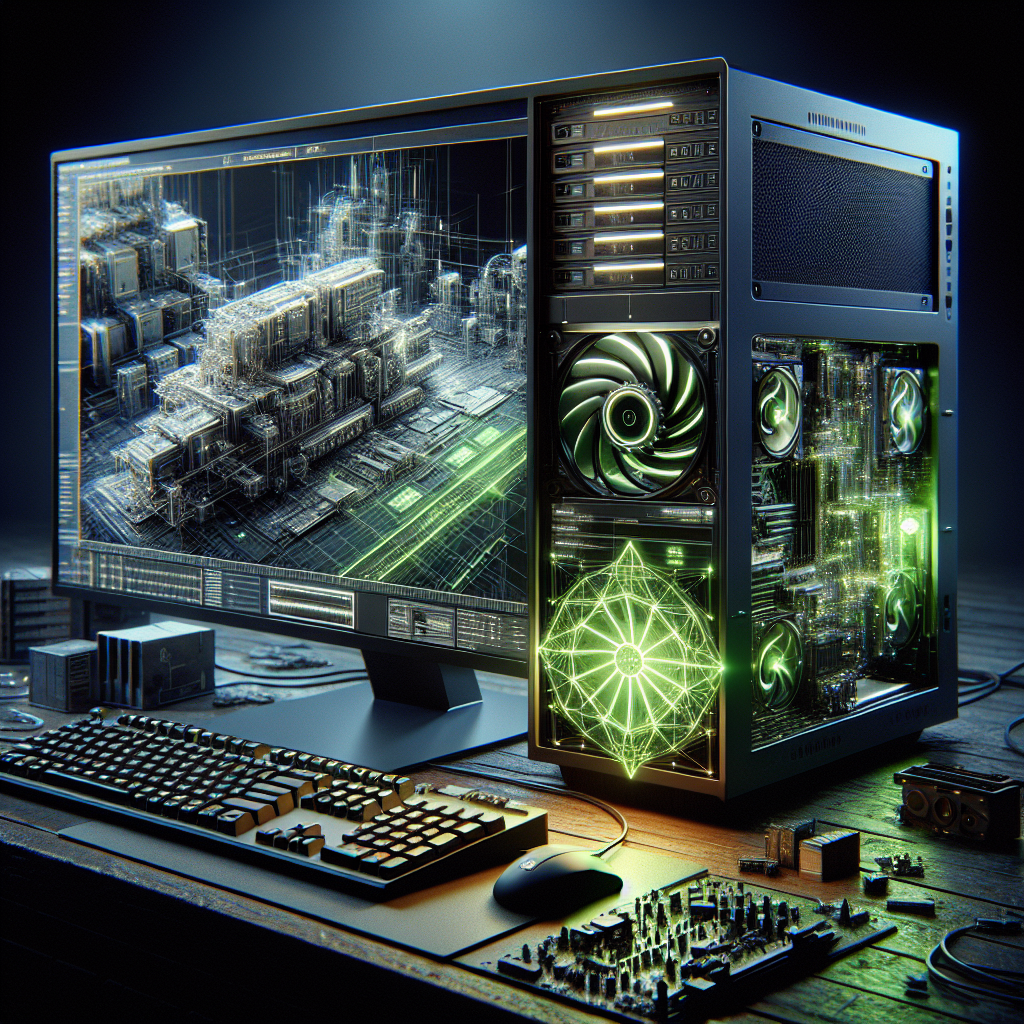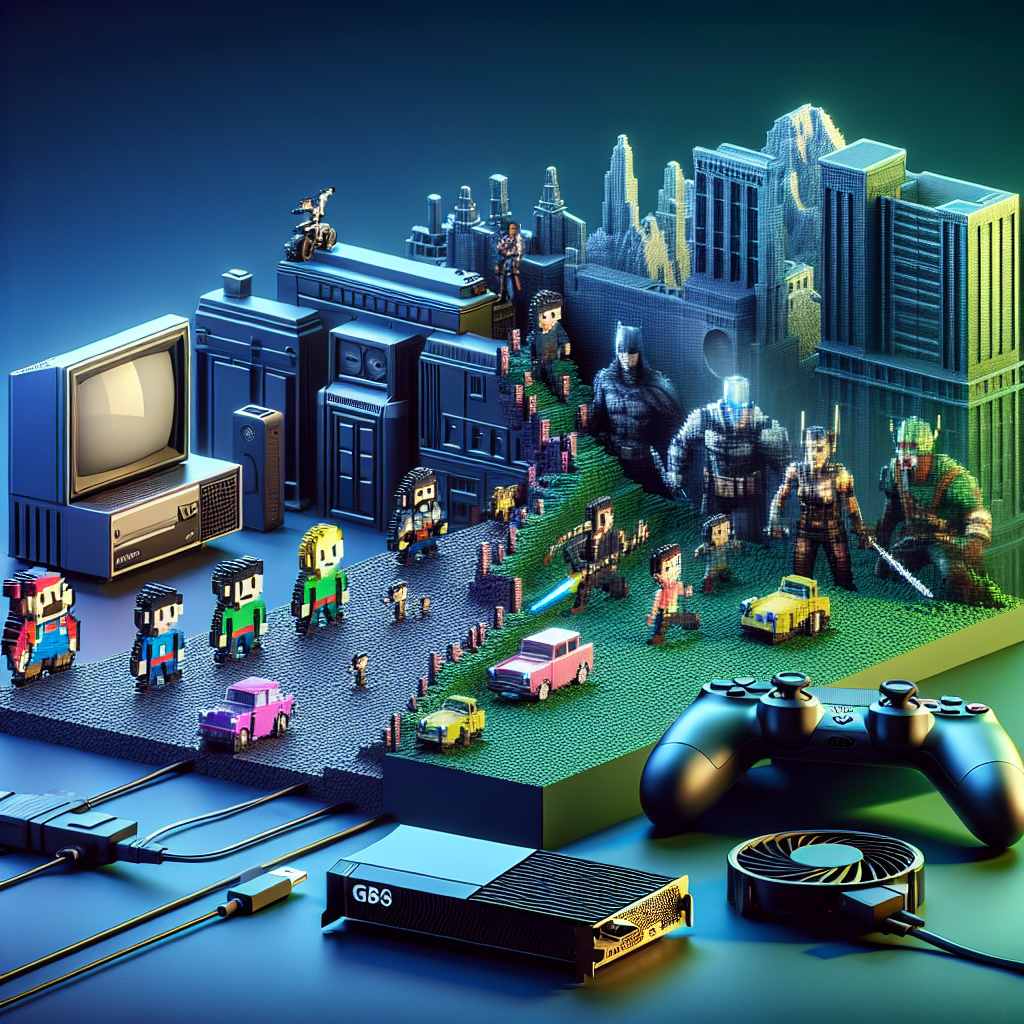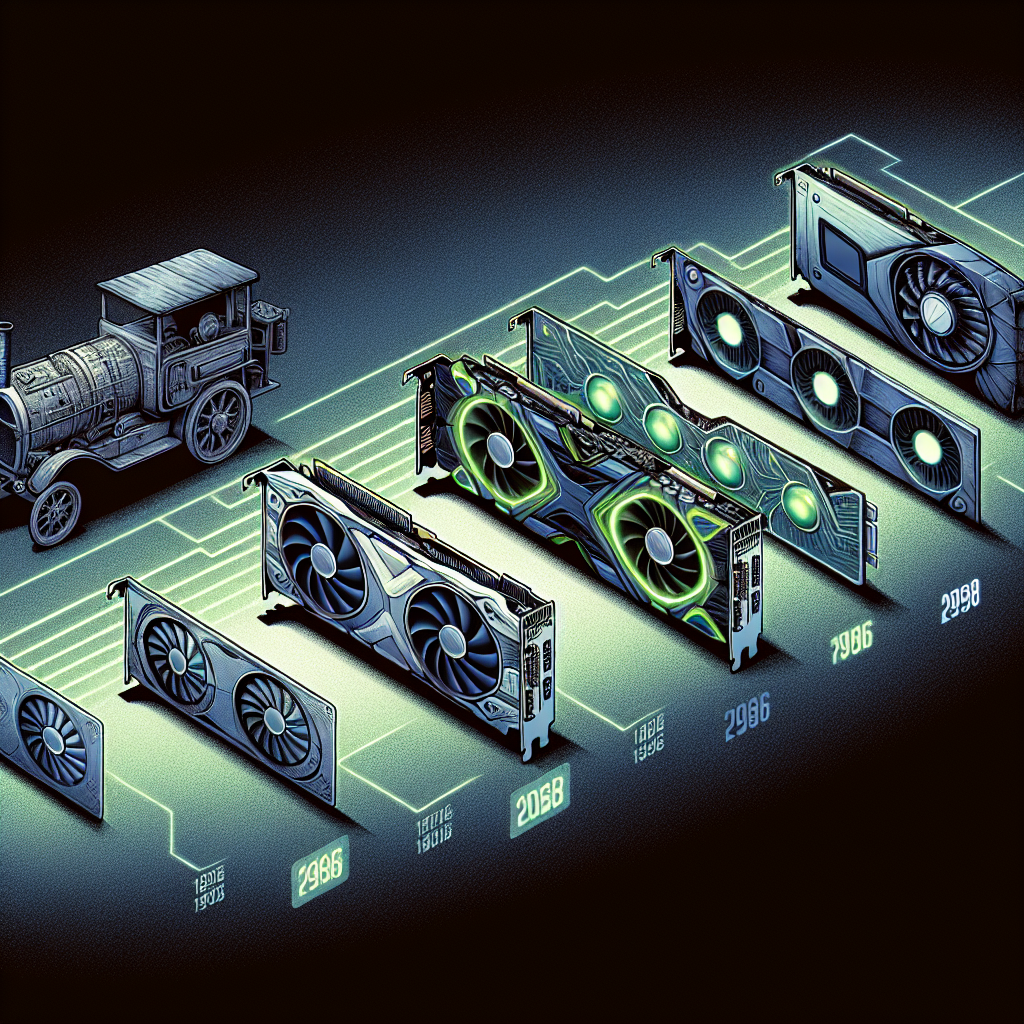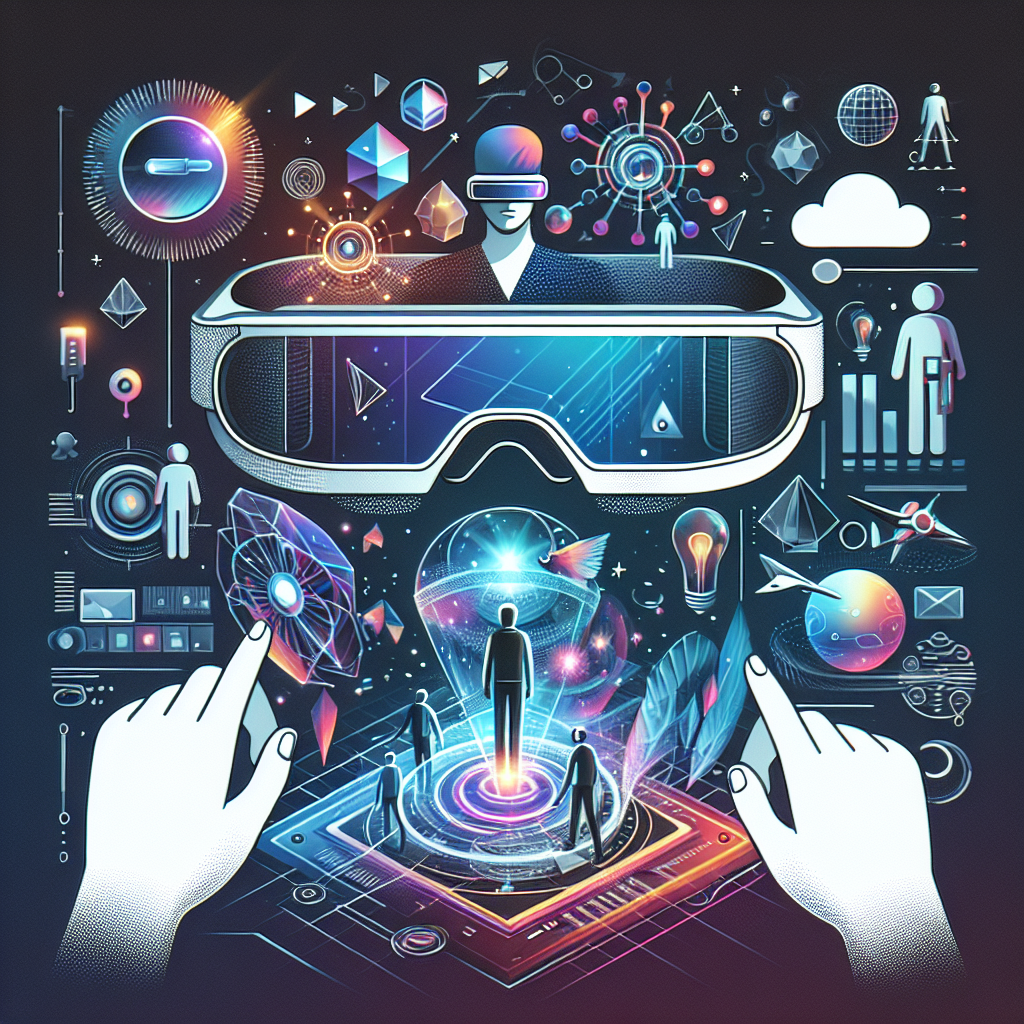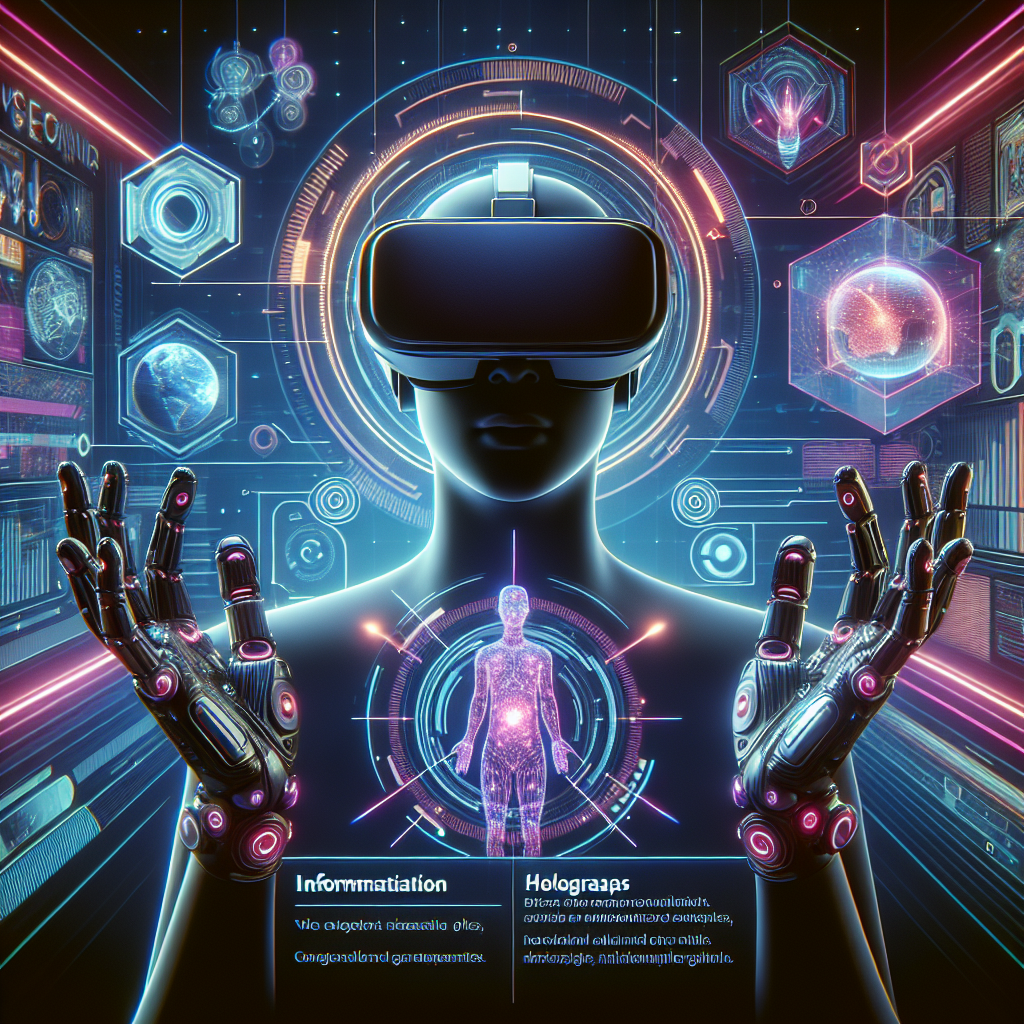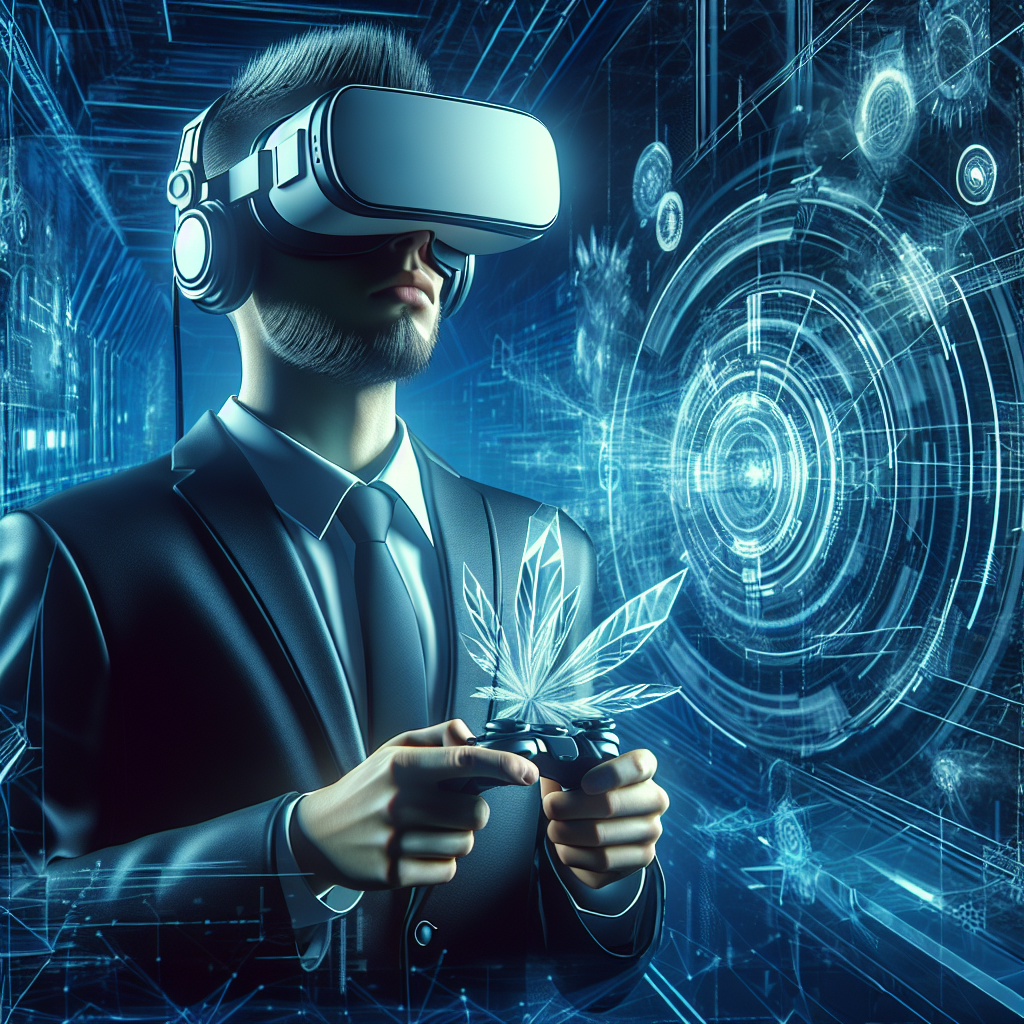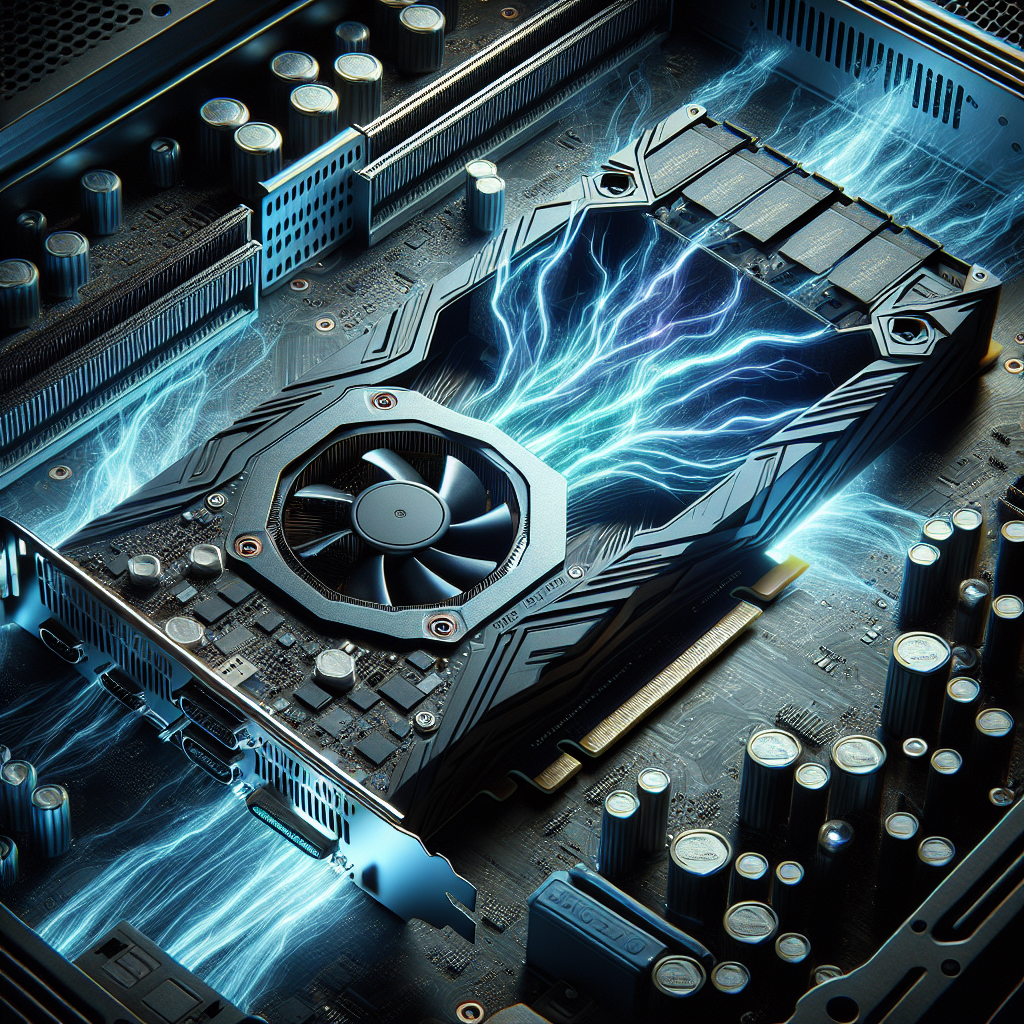NVIDIA CUDA programming is a powerful tool that allows developers to harness the parallel processing capabilities of NVIDIA graphics processing units (GPUs) to significantly increase the performance of their applications. By utilizing CUDA, developers can take advantage of the thousands of cores within a GPU to perform complex calculations in parallel, leading to faster execution times and improved efficiency.
One of the key benefits of using CUDA programming is the ability to offload computationally intensive tasks from the CPU to the GPU. This can help to reduce the workload on the CPU, allowing it to focus on other tasks and leading to overall improved system performance. Additionally, GPUs are designed to handle parallel processing tasks much more efficiently than CPUs, making them ideal for applications that require high levels of parallelism.
To maximize performance with NVIDIA CUDA programming, developers should follow some best practices to ensure that their applications are optimized for parallel processing. One important consideration is to carefully design the parallel algorithms used in the application to take full advantage of the capabilities of the GPU. This may involve breaking down complex tasks into smaller, parallelizable chunks that can be processed simultaneously by the GPU cores.
Another key factor in maximizing performance with CUDA programming is optimizing memory access patterns. Accessing memory on a GPU can be much slower than on a CPU, so developers should strive to minimize memory access times by utilizing shared memory, optimizing memory transfers between the CPU and GPU, and minimizing global memory accesses.
In addition, developers should also pay attention to the way data is transferred between the CPU and GPU. By utilizing techniques such as asynchronous data transfers and overlapping computation with data transfers, developers can further improve the performance of their CUDA applications.
Finally, developers should also consider the hardware specifications of the GPU being used when optimizing their CUDA applications. Different GPUs have different numbers of cores, memory capacities, and processing speeds, so developers should tailor their applications to take advantage of the specific capabilities of the GPU being used.
In conclusion, NVIDIA CUDA programming offers developers a powerful tool for maximizing the performance of their applications through parallel processing on GPUs. By carefully designing parallel algorithms, optimizing memory access patterns, and considering hardware specifications, developers can significantly improve the performance of their CUDA applications and unlock the full potential of NVIDIA GPUs.

